When buying a smartphone, storage capacity is an unavoidable issue. How much capacity is appropriate? Is it cost-effective to buy a phone with less capacity and expand it with an SD card? These have become topics of concern for many, especially for Android models where the price of built-in storage is significantly higher than that of SD cards. The question of whether to buy a phone with small internal storage and expand it with an SD card, or to purchase a phone with large built-in storage, has become a necessary consideration for consumers. Below, we will discuss the nuances of smartphone storage.
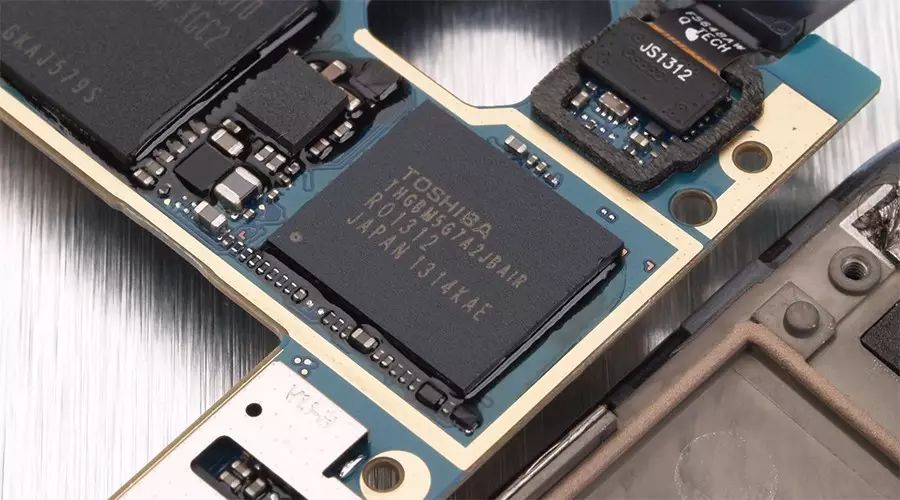 ▲ The nuances of smartphone storage
▲ The nuances of smartphone storage
Many people do not understand the difference between RAM and ROM. In fact, RAM in a smartphone is equivalent to the memory in a computer, while ROM is akin to a computer’s hard drive.
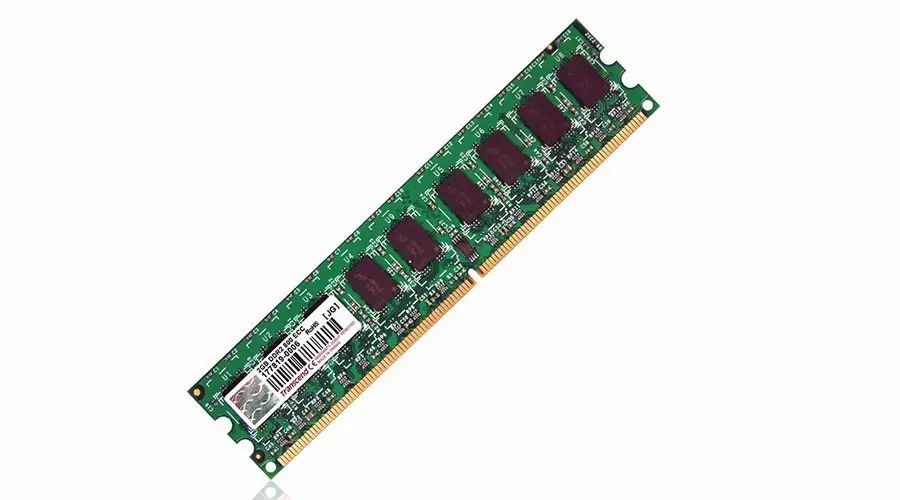 ▲ Smartphone RAM is equivalent to computer memory
▲ Smartphone RAM is equivalent to computer memory
The size of RAM depends on the application’s demands. Generally, there is a limit to the data throughput of an application. Therefore, once the RAM of a computer or smartphone reaches a certain value, it has little effect on the overall operating speed of the device. Currently, 16GB of RAM for computers and 4GB for smartphones is usually sufficient.
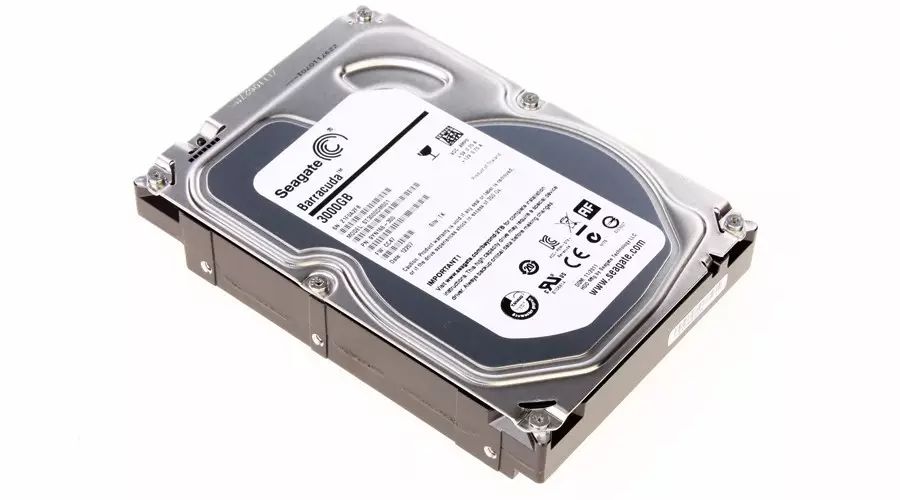 ▲ Smartphone ROM is equivalent to a computer’s hard drive
▲ Smartphone ROM is equivalent to a computer’s hard drive
This speed difference was not significant during the Android 2.X era, making expanding with an SD card a good choice. Even installing applications directly on the SD card did not greatly affect the overall operating speed of the device. At that time, the Android system widely supported the APP2SD feature.
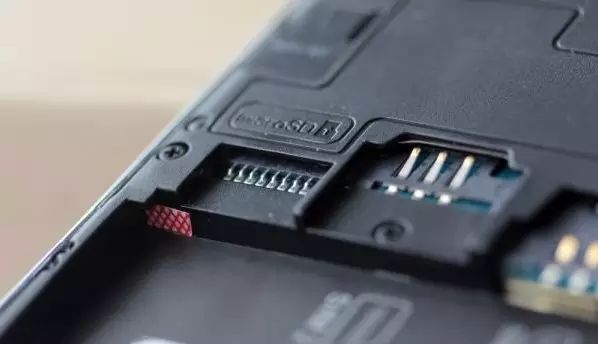 ▲ Support for SD cards in smartphones is becoming less suitable
▲ Support for SD cards in smartphones is becoming less suitable
Regarding this issue, I want to say that some smartphone manufacturers indeed have this motive. For example, Apple’s iPhone has a substantial price difference between different capacities, which greatly exceeds the cost requirement. Larger capacities certainly bring them higher profits, and the iPhone does not support expandable SD cards, leaving users with no choice.
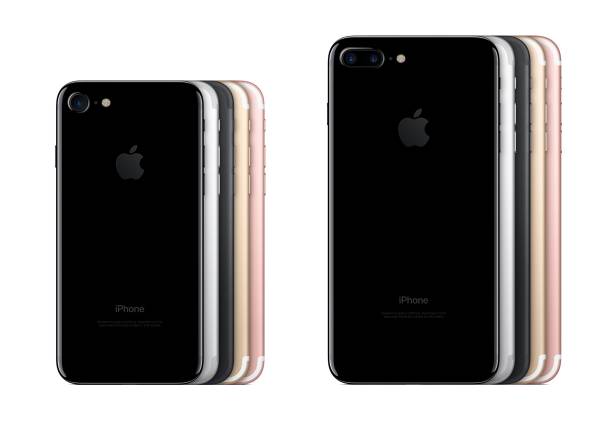 ▲ The lack of SD support in iPhones is profit-driven
▲ The lack of SD support in iPhones is profit-driven
So, how should one choose between internal storage and SD cards? Without a doubt, one should choose internal storage for its speed and stability, especially for those who require larger capacity due to installing many applications. However, if the installed applications do not occupy much space and most of the data consists of images, music, or videos, smartphone users can still opt for expandable SD cards, as they are relatively more cost-effective.
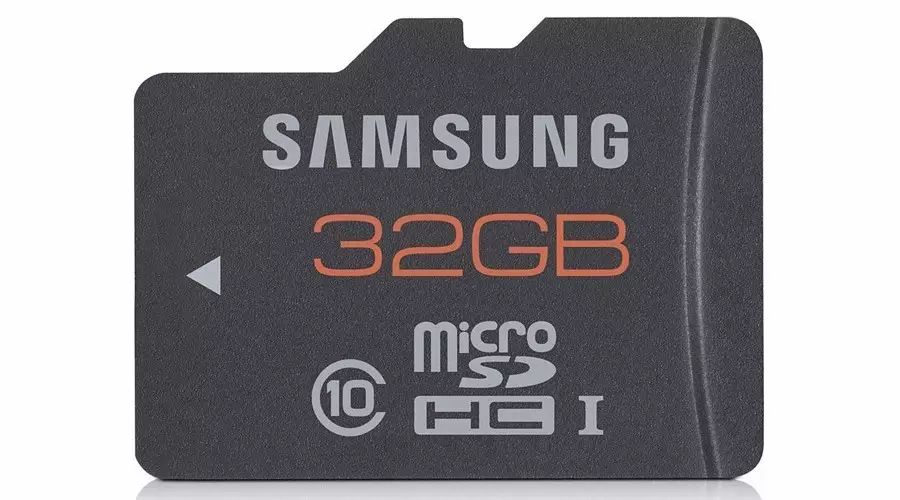 ▲ Smartphones should avoid using expandable SD cards
▲ Smartphones should avoid using expandable SD cards

 Click “Read Original” for more
Click “Read Original” for more